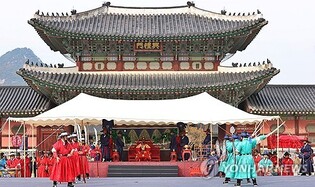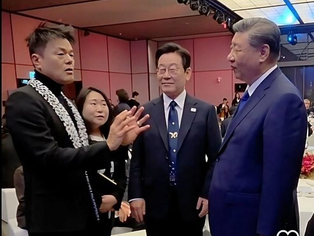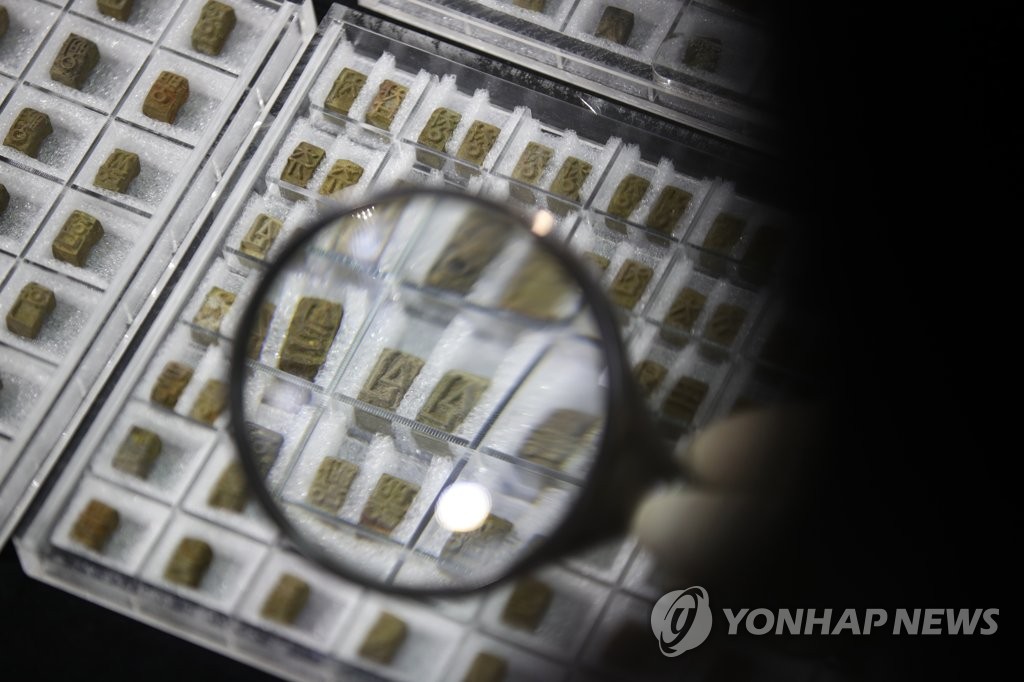 |
| ▲ This photo provided by Yonhap News shows the metal movable types from the early Joseon dynasty that were recently excavated. (Yonhap) |
 |
| ▲ This photo provided by Yonhap News shows the early Joseon metal movable types that were recently excavated in Insa-dong, Seoul. (Yonhap) |
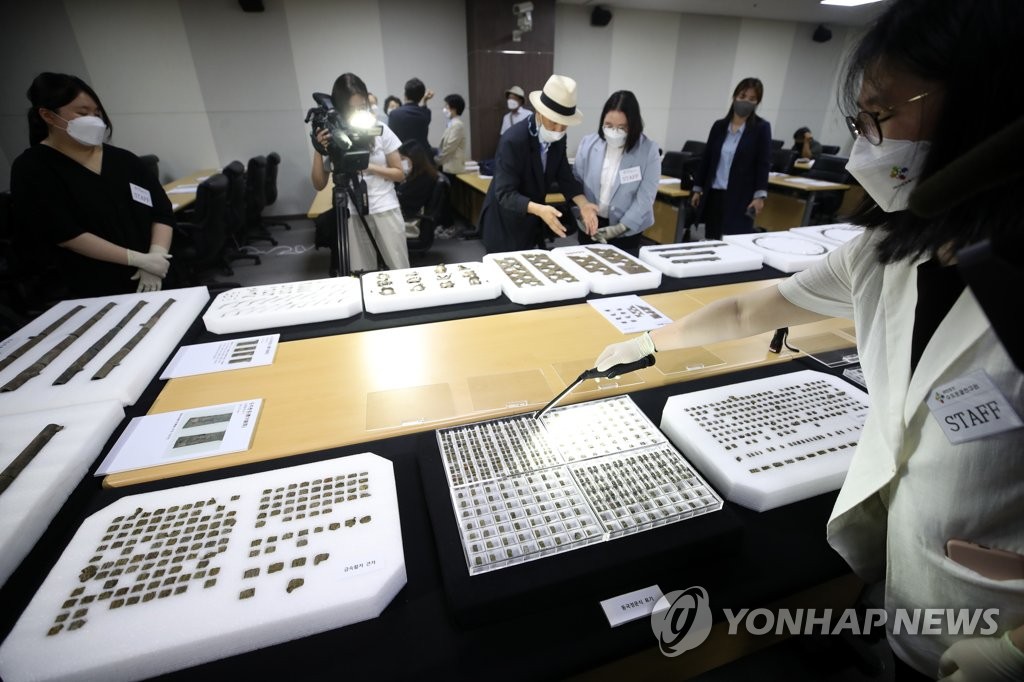 |
| ▲ This photo provided by Yonhap News shows the archaeological expedition conducted by the Sudo Research Institute of Cultural Heritage in Gongpyeong-dong, Seoul on the 29th. (Yonhap) |
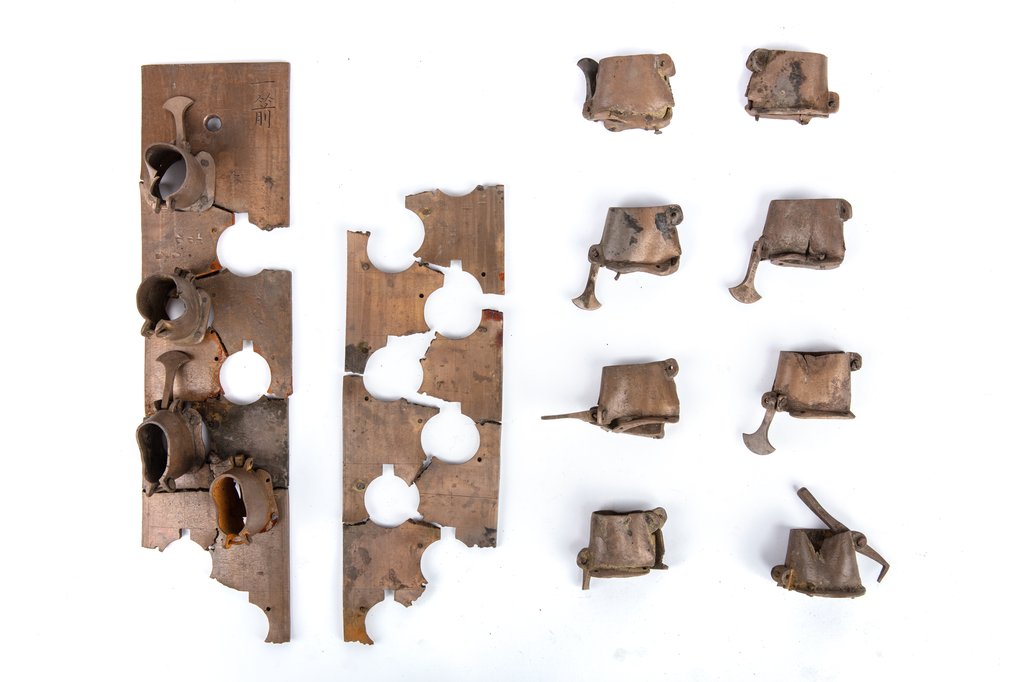 |
| ▲ This photo provided by the Cultural Heritage Administration of the Republic of Korea shows the main parts of "Ilseongjeongsiui". (PHOTO NOT FOR SALE) (Yonhap) |
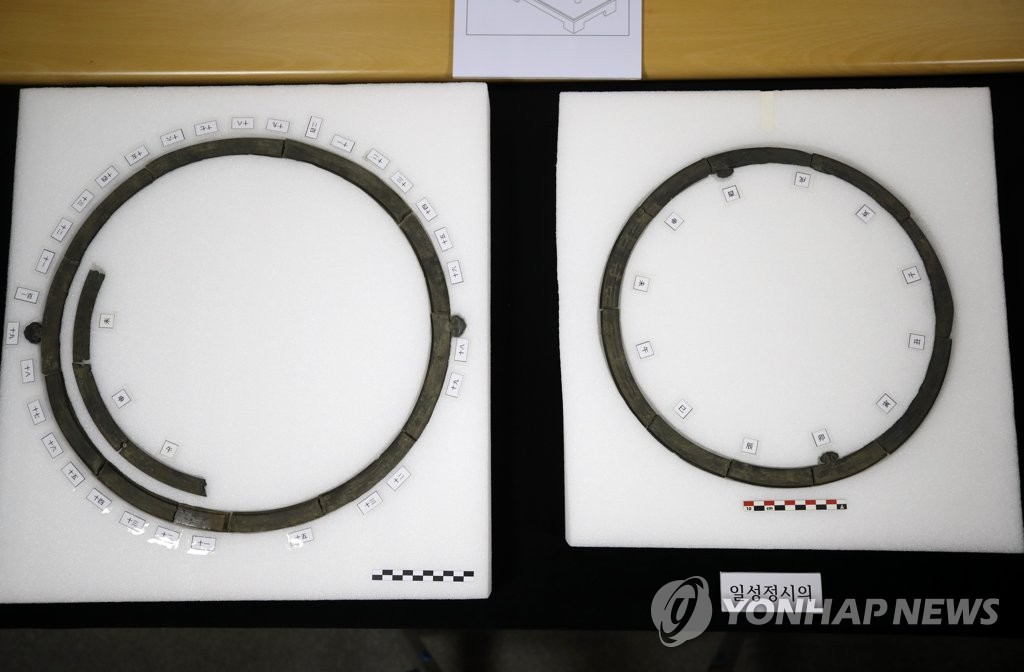 |
| ▲ This photo provided by Yonhap News shows the main parts of "Ilseongjeongsiui", which was found in Insa-dong, Seoul. (Yonhap) |
SEOUL, June 29 (Yonhap) -- In Insa-dong, Jongno-gu, Seoul, 1,600 pieces of early Joseon metal movable types were collectively found, including the earliest Korean metal movable types that reflected the writing at the time of the creation of Hunminjeongeum, a document describing the Korean language, otherwise known as hangeul.
The main parts of "Ilseongjeongsiui," an astronomical clock that shows the scientific heritage of the early Joseon Dynasty, and copper artifacts of the automatic water clock "Jagyeokru", called "Jujeon", were also discovered. It is the first time that traces of scientific heritage during the Sejong period have been excavated on a large scale.
The copper artifacts, believed to be “Jujeon” and metal movable types, were found in pottery pots. Relatively large pieces of “Ilseongjeongsiui”, and small firearms called “Chongtong” were unearthed as well.
The most eye-catching among the metal movable types to be unveiled this time is the metal movable type. About 1,000 Chinese characters and 600 Korean characters were dug up. The metal movable types excavated en bloc are deemed as significant as they were the first excavation case in which various movable types from the early Joseon era were unearthed in one place.
The oldest among the Korean metal movable types is estimated to have been made between 1455 and 1461. The ones on display at the National Museum of Korea were also made around the same period.
In particular, it is the first case that the Donggukjeongun style orthography, which was only used in the 15th century when Hunminjeongeum was invented, is verified as genuine.
“Some of the letters found in the newly discovered metal movable types are not found in the ones at the National Museum of Korea. These specific letters are known to have only been used until the 1480s, which proves our speculation that this hangeul metal moveable type is the oldest one yet to be discovered," Professor Baek Doo-hyun at the Kyungpook National University said.
"Large and medium scale letters, small scale letters for annotation, and tiny scale letters made into hangeul metal movable types have been excavated. These metal types have not been fully analyzed yet, but there is a possibility that additional types of types used to take prints may be additionally discovered in the future," an official from the Cultural Heritage Administration said.
The excavated artifacts have been transferred to the National Palace Museum of Korea for safe storage after completing the first clean-up. In the future, if research is carried out through conservation treatment and analysis in each field, it is expected that it will be of great help in understanding the science and technology of the early Joseon dynasty and the Sejong period.
(END)
(C) Yonhap News Agency. All Rights Reserved








